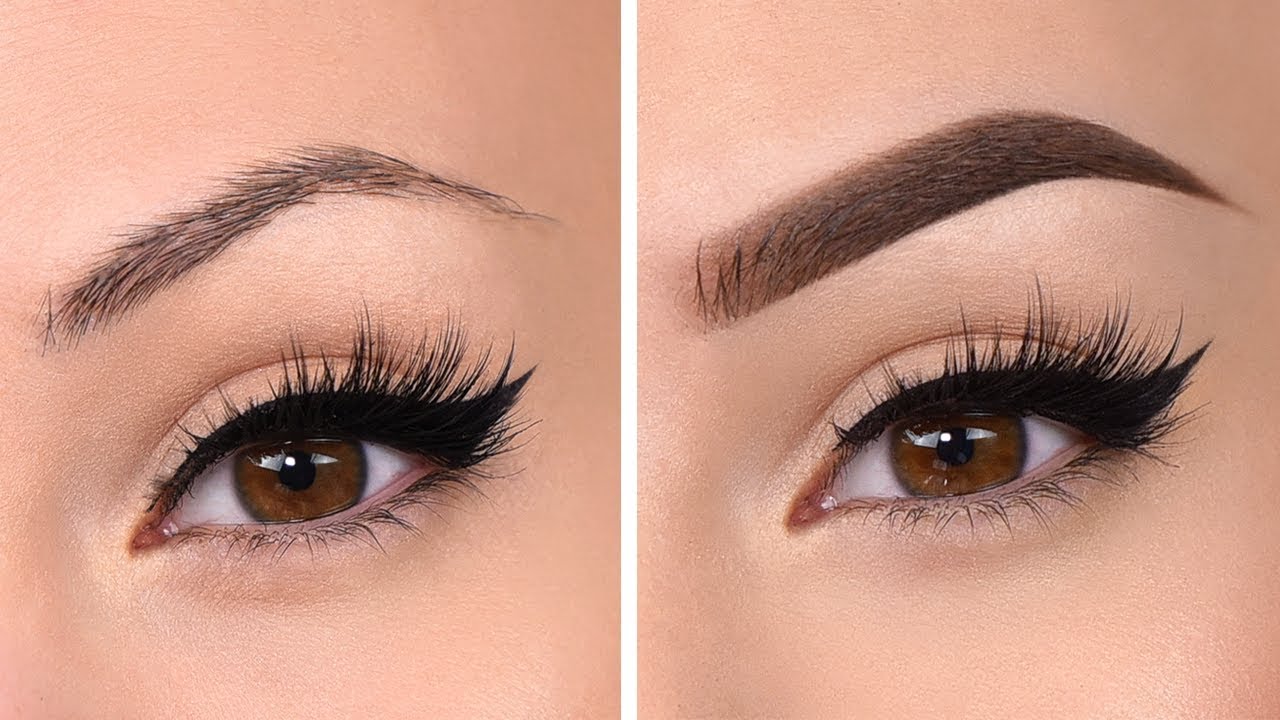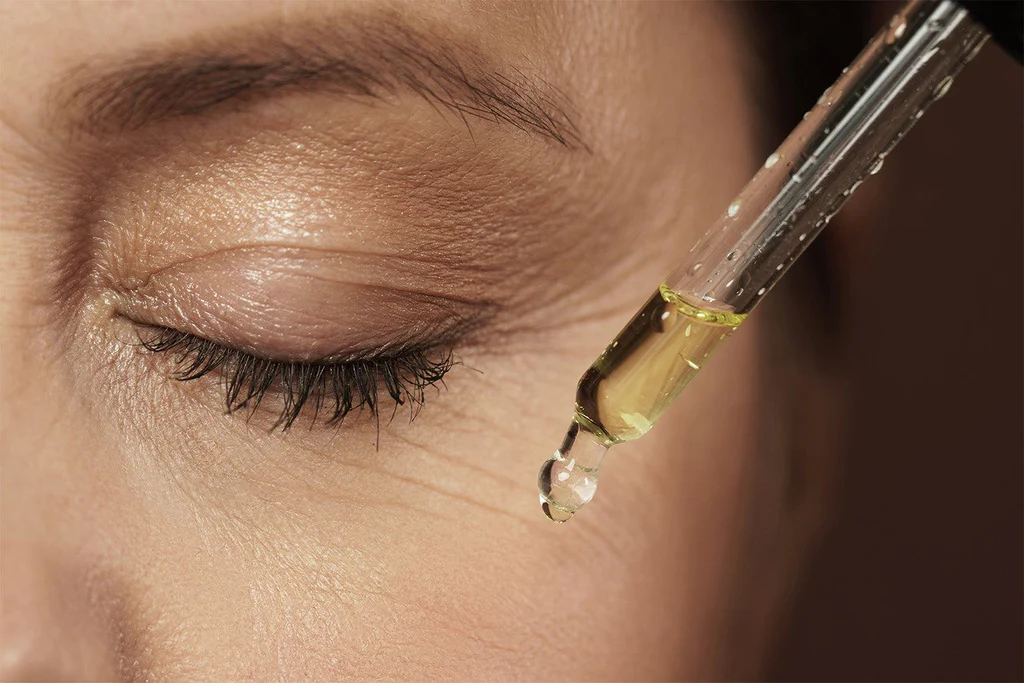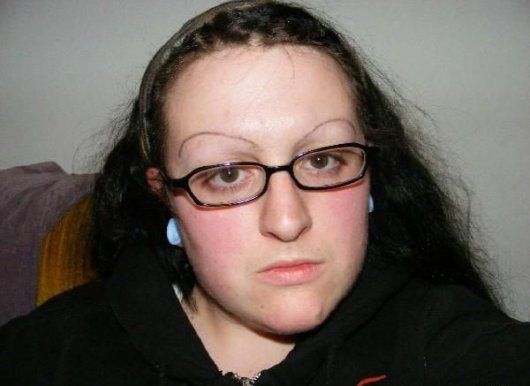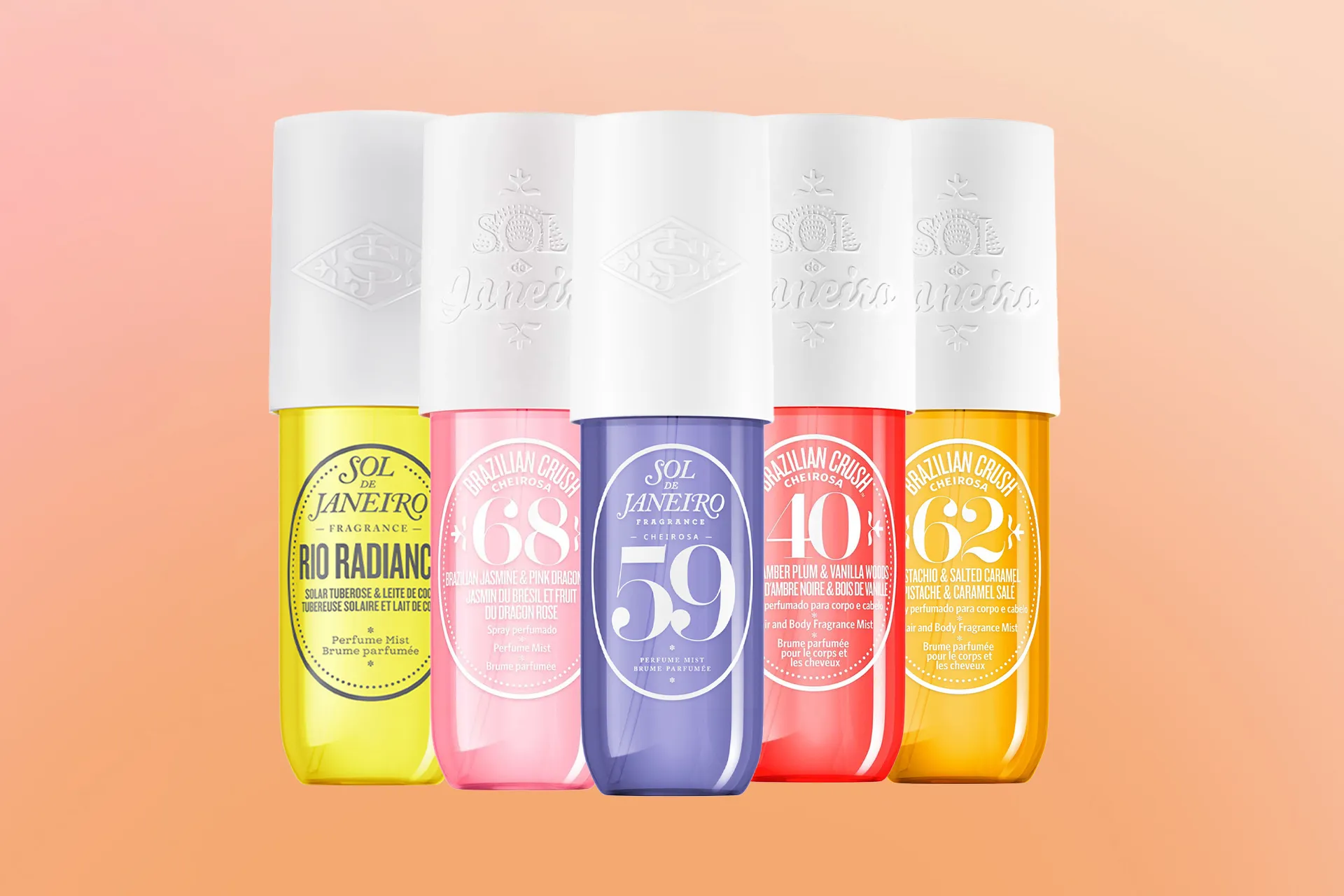Eyelashes are more than just cosmetic fringe. They protect our eyes from dust, debris, and infections. They also enhance our appearance and express our emotions. But what happens when our eyelashes start to fall out? Is it normal or a sign of something more serious?
In this blog post, we will explore the possible causes of eyelash loss, how to prevent it, and how to treat it. We will also answer some frequently asked questions about this topic.
Normal Eyelash Growth Cycle
Before we dive into the causes of eyelash loss, let’s first understand how eyelashes grow and shed normally. Eyelashes, like the hair on our scalp, have a natural growth cycle that consists of three phases:
- Anagen phase: This is the active growth phase, where the eyelash follicles produce new lashes. This phase lasts for about 30 to 45 days, and about 40% of the upper lashes and 15% of the lower lashes are in this phase at any given time.
- Catagen phase: This is the transition phase, where the eyelash follicles stop producing new lashes and shrink. This phase lasts for about 15 to 20 days, and about 3% of the lashes are in this phase at any given time.
- Telogen phase: This is the resting phase, where the eyelash follicles remain dormant and the old lashes fall out. This phase lasts for about 100 to 150 days, and about 57% of the lashes are in this phase at any given time.
The average lifespan of an eyelash is about four to six months, after which it falls out and is replaced by a new one. It is normal to lose between one and five eyelashes each day, depending on the phase of the growth cycle. However, if you notice that you are losing more lashes than usual, or that there are gaps or thinning in your lash line, you may have a condition called madarosis, which is the medical term for abnormal eyelash loss.
Common Causes of Eyelash Loss
There are many possible reasons why you may be experiencing eyelash loss. Some of the most common ones are:
- Eye makeup: Wearing eye makeup, especially mascara, can cause eyelash loss by creating friction and pulling on the lashes. Waterproof mascaras are especially hard to remove and can damage the lashes. Using eyelash curlers, false eyelashes, and eyelash extensions can also harm the lashes and speed up shedding.
- Eye irritation: Rubbing your eyes, sleeping with your face pressed against the pillow, or having allergies can irritate your eyes and eyelids, leading to inflammation and lash loss. You may also have an infection or a condition called blepharitis, which is the inflammation of the eyelid margins, where the eyelash follicles are located. Blepharitis can cause itching, burning, redness, swelling, and crusting of the eyelids, as well as lash loss.
- Trichotillomania: This is a psychological disorder where you have an irresistible urge to pull out your own hair, including your eyelashes. This can be triggered by stress, anxiety, depression, boredom, or other emotional factors. Trichotillomania can cause permanent damage to the hair follicles and lead to bald patches on the scalp, eyebrows, and eyelashes.
- Skin cancer: In rare cases, eyelash loss can be a symptom of a skin cancer on the eyelid. Skin cancers can interrupt the eyelash growth cycle and cause the lashes to fall out. Other signs of skin cancer on the eyelid include a change in the shape, color, or texture of the eyelid, a sore that does not heal, bleeding, or a lump or bump on the eyelid.
Systemic Causes of Eyelash Loss
Sometimes, eyelash loss can be a sign of a more serious health problem that affects the whole body. Some of the systemic causes of eyelash loss are:
- Alopecia areata: This is an autoimmune disease where your immune system attacks your own hair follicles, causing hair loss on the scalp, eyebrows, eyelashes, and other parts of the body. Alopecia areata can cause full, partial, or episodic hair loss, and it can be hereditary or triggered by stress, illness, or other factors.
- Thyroid disorder: The thyroid is a gland in the neck that regulates your metabolism and hormones. If your thyroid produces too much or too little hormones, it can affect your hair growth and cause hair loss, including eyelash loss. Other symptoms of a thyroid disorder include changes in weight, appetite, mood, energy, heart rate, and blood pressure.
- Chemotherapy: Chemotherapy is a treatment for cancer that uses drugs to kill cancer cells. However, these drugs can also damage healthy cells, including hair follicles. This can cause hair loss all over the body, including the eyelashes. Hair loss from chemotherapy is usually temporary and reversible once the treatment is over.
How to Prevent Eyelash Loss
The best way to prevent eyelash loss is to take good care of your eyes and eyelashes. Here are some tips to keep your lashes healthy and strong:
- Be gentle with your eye makeup: Choose gentle and hypoallergenic eye makeup products, and avoid waterproof mascaras that are hard to remove. Use a gentle eye makeup remover and a cotton pad to gently wipe off your makeup, without rubbing or tugging on your lashes. Avoid using eyelash curlers, false eyelashes, and eyelash extensions, or use them sparingly and carefully.
- Keep your eyes and eyelids clean: Wash your face and eyes with a mild cleanser every day, and avoid touching your eyes with dirty hands. If you have blepharitis or another eye infection, follow your doctor’s instructions and use the prescribed eye drops or ointments. You can also use a warm compress or a gentle eyelid scrub to soothe and cleanse your eyelids.
- Avoid eye irritation: If you have allergies, use antihistamines or eye drops to relieve your symptoms. Avoid rubbing your eyes, and use a clean tissue or a cotton swab to gently dab away any tears or discharge. If you wear contact lenses, make sure to clean and store them properly, and replace them as recommended. Wear sunglasses or a hat to protect your eyes from the sun, wind, and dust.
- Eat a balanced diet: Your diet can affect your hair growth and health, so make sure to eat a balanced and nutritious diet that includes protein, iron, zinc, biotin, and other vitamins and minerals that support hair growth. You can also take supplements or consult your doctor if you have any nutritional deficiencies.
- Manage your stress: Stress can trigger or worsen hair loss, so it is important to find healthy ways to cope with stress. You can try meditation, yoga, exercise, hobbies, or therapy to reduce your stress levels and improve your mental and emotional well-being. If you have trichotillomania, you may also benefit from cognitive-behavioral therapy or medication to help you overcome your hair-pulling habit.
How to Treat Eyelash Loss
If you have eyelash loss that is not normal or caused by a temporary factor, you may want to seek medical help to find out the underlying cause and get the appropriate treatment. Depending on the cause of your eyelash loss, your doctor may prescribe you medication, surgery, or other therapies to treat the condition and restore your eyelash growth. Some of the possible treatments are:
- Antibiotics or antifungals: If you have an infection that causes eyelash loss, such as blepharitis, your doctor may prescribe you oral or topical antibiotics or antifungals to kill the bacteria or fungi and clear the infection.
- Steroids or immunosuppressants: If you have an autoimmune disease that causes eyelash loss, such as alopecia areata, your doctor may prescribe you oral or topical steroids or immunosuppressants to suppress your immune system and reduce the inflammation and hair loss.
- Thyroid medication: If you have a thyroid disorder that causes eyelash loss, your doctor may prescribe you thyroid medication to balance your hormone levels and regulate your metabolism and hair growth.
- Minoxidil: Minoxidil is a topical medication that is used to treat hair loss on the scalp, but it can also be used to treat eyelash loss. It works by stimulating the blood flow to the hair follicles and extending the growth phase of the hair cycle. It can take several weeks or months to see results, and you have to keep using it to maintain the effect.
- Latisse: Latisse is a prescription medication that is specifically designed to treat eyelash loss. It is a prostaglandin analog, which is a type of chemical that mimics the natural substances that regulate various functions in the body. Latisse works by increasing the number, length, thickness, and pigmentation of the eyelashes. It can take several weeks or months to see results, and you have to keep using it to maintain the effect.
- Surgery: Surgery is a last resort option for eyelash loss, and it is usually reserved for cases where the eyelash follicles are damaged or destroyed by trauma, burns, or skin cancer. Surgery involves transplanting hair follicles from another part of the body, usually the scalp, to the eyelid. The transplanted hair follicles will grow new lashes, but they may not match the natural lashes in color, texture, or curl. Surgery is a complex and risky procedure, and it may require multiple sessions and revisions to achieve the desired result.
Frequently Asked Questions
Here are some of the most common questions that people have about eyelash loss:
- Q: How long does it take for eyelashes to grow back?
- A: It depends on the cause and severity of your eyelash loss, but in general, it can take anywhere from six to 12 weeks for your eyelashes to grow back. However, if you have a chronic or permanent condition that affects your eyelash growth, it may take longer or never grow back at all.
- Q: Can I use castor oil or other natural remedies to grow my eyelashes?
- A: There is no scientific evidence that castor oil or other natural remedies can stimulate eyelash growth or prevent eyelash loss. However, some people claim that they have seen positive results from using these products. If you want to try them, make sure to do a patch test first to check for any allergic reactions, and avoid getting them into your eyes.
- Q: Can I wear mascara or other eye makeup if I have eyelash loss?
- A: Yes, you can wear mascara or other eye makeup if you have eyelash loss, as long as you are gentle and careful with your application and removal. You may want to use a volumizing or lengthening mascara to create the illusion of fuller and longer lashes. You can also use an eyeliner or an eyeshadow to define your eyes and draw attention away from your lash line.
- Q: What are the best eyelash growth products or treatments?
- A: The best eyelash growth product or treatment for you depends on the cause and extent of your eyelash loss, as well as your personal preference and budget. You may want to consult your doctor or a dermatologist to get a proper diagnosis and recommendation. Some of the most popular and effective eyelash growth products or treatments are:
- Latisse: Latisse is a prescription medication that is FDA-approved for treating eyelash loss. It is applied once a day to the base of the upper eyelashes, and it can increase the number, length, thickness, and color of the lashes. It can take several weeks or months to see results, and you have to keep using it to maintain the effect. Latisse can cause some side effects, such as eye irritation, redness, itching, dryness, darkening of the eyelid skin, and changes in the eye color.
- Minoxidil: Minoxidil is an over-the-counter medication that is used to treat hair loss on the scalp, but it can also be used to treat eyelash loss. It is applied twice a day to the base of the upper and lower eyelashes, and it can stimulate the blood flow and the growth phase of the hair cycle. It can take several weeks or months to see results, and you have to keep using it to maintain the effect. Minoxidil can cause some side effects, such as eye irritation, redness, itching, dryness, and unwanted hair growth on other parts of the face.
- Eyelash serum: Eyelash serum is a cosmetic product that is designed to nourish, condition, and strengthen the eyelashes. It is applied once or twice a day to the base of the upper and lower eyelashes, and it can contain various ingredients, such as peptides, biotin, vitamins, antioxidants, and plant extracts. Eyelash serum can improve the appearance and health of the lashes, but it may not have a significant effect on the growth or thickness of the lashes. Eyelash serum can cause some side effects, such as eye irritation, redness, itching, dryness, and allergic reactions.
Conclusion
Eyelash loss is a common and often distressing problem that can affect anyone, regardless of age, gender, or ethnicity. It can have various causes, ranging from normal shedding to serious medical conditions. The good news is that there are many ways to prevent, treat, and cope with eyelash loss, depending on the cause and severity of the problem. The most important thing is to consult your doctor or a dermatologist if you notice any abnormal or excessive eyelash loss, and to follow their advice and recommendations.
We hope that this blog post has helped you understand what causes eyelash loss, and what you can do about it. If you have any questions or comments, please feel free to leave them below. Thank you for reading, and have a great day!
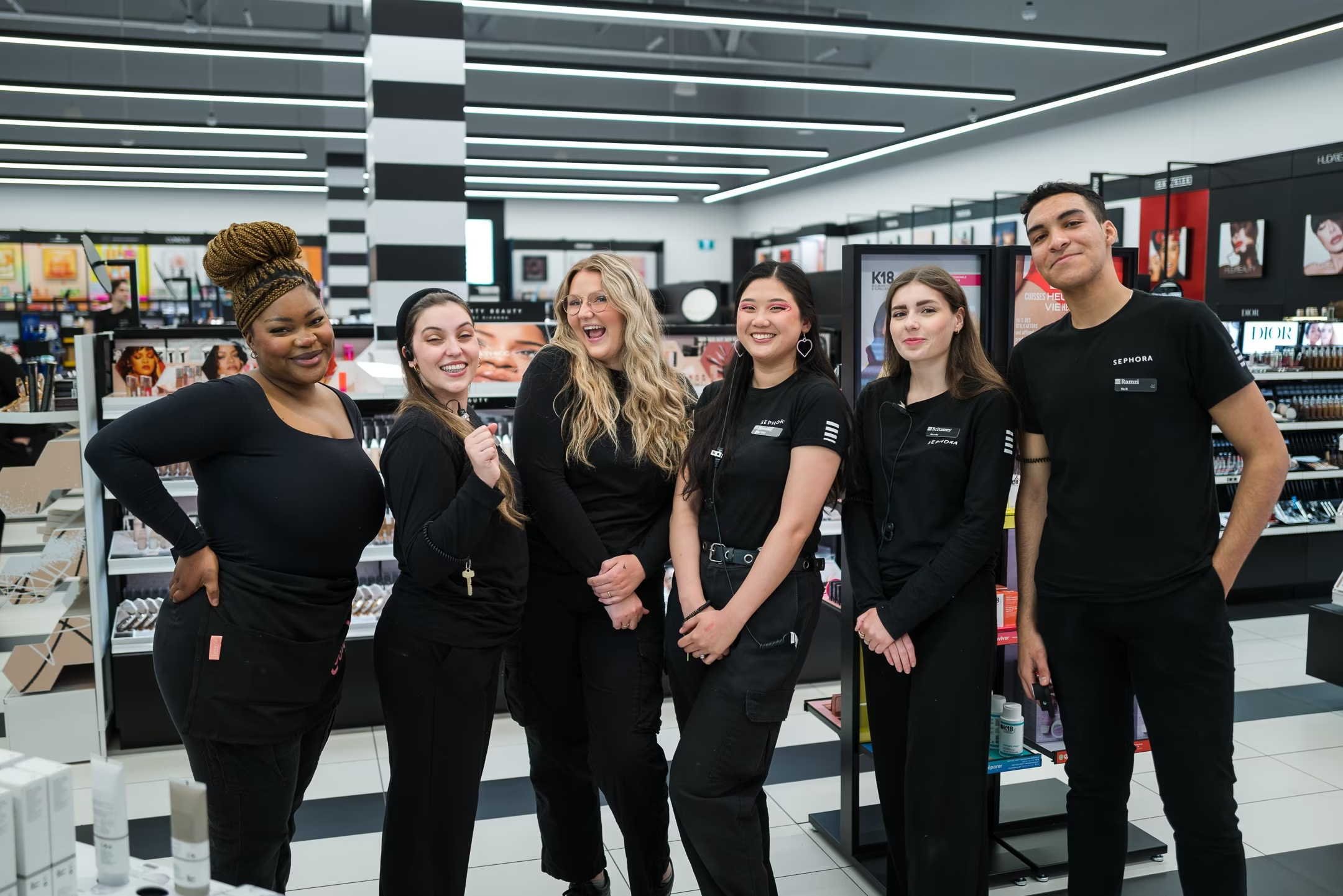
 By
Your Beauty Plug
By
Your Beauty Plug

